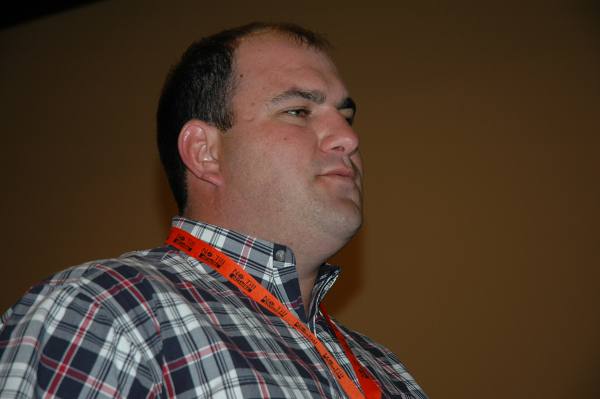
Farmers considering buying a new planter, for no-till or conventional production systems, should do more than kick a few tires and marvel at the fresh paint.
“”The main thing to consider is if a particular planter fits your operation,” says Jeff Brower, Canadian County, Okla., grain farmer and a featured speaker at the No-Till Oklahoma Conference in Norman.
Planters are crucial tools for no-till operations, he said. “With no-till, the most important thing is getting seed in the ground.”
Brower said farmers should consider a list of factors before deciding on a new planting rig. “Consider the size of the unit versus the number of acres you need to seed,” he said. He also recommended farmers consider how adaptable the unit will be. “Will it handle varying weather conditions—wet or dry—and will it work for both no-till and conventional planting systems?
“Can you pull it?” he asked. If a producer buys a planter that’s too big to pull with tractors already on the farm he may have to upgrade, at significant expense, to handle the new machinery.
He said farmers need to check to see how to fill the planter. He has one he had to adapt to handle hopper bottom feeders.
“Also, consider if it will fit down the road,” he said. “Check narrow bridges and other crossings before you make the purchase.”
Brower asked for a show of hands of those who actually read their owners’ manuals. Many raised their hands. “I’m surprised,” he said. He said he feared that many farmers neglect to read the manuals. “I’ve read mine cover-to-cover three times. It’s important to familiarize yourself with your equipment and understand the functions.”
Know the challenges
Knowing the conditions the planter will work in is also critical. “Understand the seeding challenges. Cattle tracks, corn stubble and other field conditions will affect the planter,” he said. “Know the field and the equipment to utilize it fully.”
Brower said he has two seeding units, a 40-foot John Deere air seeder and a Great Plains 8-row, twin-row planter.
The twin-row planter plants two rows, 4 inches to each side of the 30-inch centers. “I can use it as a no-till or a conventional 30-inch planter,” he said. “I don’t have to make significant changes switching from no-till to conventional, just adjust down pressure.”
The unit has a 25 series opener, floating row cleaners, coulters, a seed firmer, spider closing wheels and a drag chain.
He uses the air seeder for small grains and alfalfa seeding. Row spacing is 7.5 inches.
“I like the opener design and the two-product application option,” Brower said. “I can apply seed and fertilizer. Other things Brower likes about this unit include: depth control technology, metering accuracy, live hydraulic down pressure, productivity, large clean out and all run blockage sensors.
He also has a few issues with the planter, including: maintenance intensity, residue management, physical size and length, weight, horsepower requirements and difficulty loading for hopper bottom trailers. He retro-fitted a side chute to accommodate those trailers.
He said the unit was adaptable on soils ranging from sand to heavy clay. “The John Deere opener will cut through it all.”
The key, Brower said, for success with no-till or conventional tillage planters is to understand the challenges and capabilities.
“Know the capability of your equipment and then use it to its fullest benefit,” he said. “If you don’t, you’re cheating yourself.”
About the Author(s)
You May Also Like






